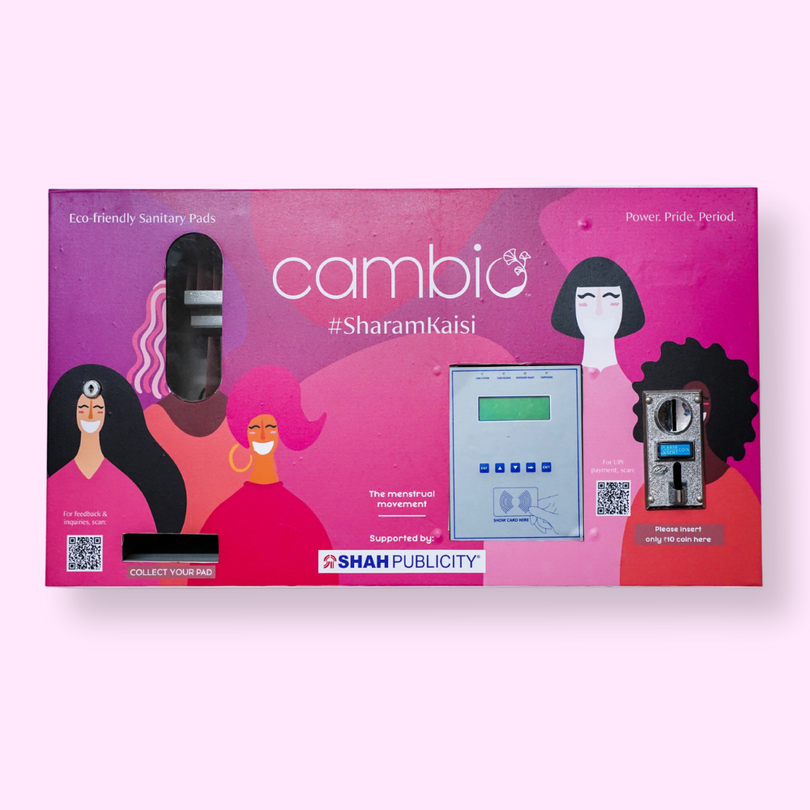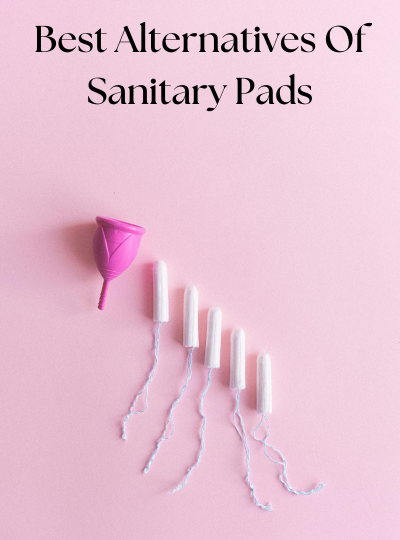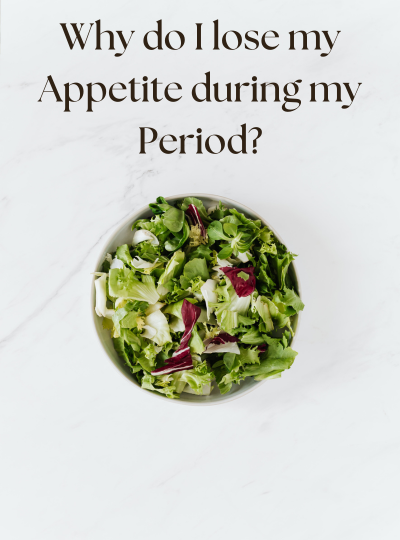What's the quickest way to remove a fresh period stain from underwear/clothes?
The quickest and most effective way to tackle a fresh period stain on underwear or clothes is to act swiftly with cold water:
Flush with Cold Water: Hold the stained area under a stream of cold running water from the tap. This will help flush out as much fresh blood as possible.
Soak in Cold Water (Optional): If time permits, soak the stained garment in cold water for 30 minutes to an hour. This allows for deeper penetration of the cold water and further loosens the stain.
Important Note: Avoid using hot water, as it can set the stain and make it much harder to remove.
Can I use toilet paper to remove a fresh period stain?
No. Toilet paper isn't ideal for fresh period stains. Its rough texture can spread the stain, and it lacks the cleaning power to truly remove blood. In emergencies, gently blotting with a damp cloth or flushing with cold water is far more effective. Remember, these methods provide a temporary fix and shouldn't replace proper stain removal techniques later.
Also read - How to avoid period leaks?
Do I need to pre-treat period stains before washing?
Yes. Pre-treating period stains before washing is generally recommended for better stain removal, especially for stubborn stains. Here's why:
- Blood Can Set: Blood proteins can coagulate and adhere to fabric fibres when left untreated. Pre-treatment helps break down these proteins for easier removal during washing.
- Increased Success Rate: Pre-treating increases the chances of completely removing the stain, especially for older or dried stains.
However, the necessity of pre-treating depends on the severity of the stain:
- Fresh Stains: For very fresh stains, you might be able to get away with just flushing with cold water and washing immediately.
- Dried or Stubborn Stains: Pre-treating becomes crucial for dried or heavy stains that have already been set.
Here are some effective pre-treatment options:
- Enzyme-based stain removers: These are designed to break down blood proteins.
- Baking soda paste: A simple paste of baking soda and water can be effective for pre-treating fresh stains.
- Hydrogen peroxide (coloured fabrics only): A gentler alternative to harsh chemicals like bleach, hydrogen peroxide can help lighten blood stains on coloured fabrics.
Also read - Can sanitary pads cause cancer?
What water temperature should I use to wash clothes with period stains?
For clothes with period stains, cold water is essential for washing. Here's why:
- Blood Protein Setting: Hot water can cause the proteins in blood to coagulate and adhere more tightly to fabric fibers. This makes the stain much harder, if not impossible, to remove.
- Cold Water's Effectiveness: Cold water is highly effective at dissolving and loosening blood stains, making them easier to wash away with detergent.
Also read - Can sleeping position affect your periods?
What if the period stain doesn't come out after washing?
If a period stain persists after washing, here are some steps you can take:
- Repeat the Process: First, try repeating the washing process. Pre-treat the stain again using an enzyme-based stain remover or your previous method (baking soda paste, hydrogen peroxide for coloured fabrics). Wash in cold water with your regular detergent.
- Consider Professional Cleaning: For particularly stubborn stains, especially on delicate fabrics, consider seeking professional cleaning services. They have specialized techniques and products to tackle even the most challenging stains.
- Preventative Measures: Moving forward, prioritize preventative measures like using leak proof period underwear or menstrual cups to minimize the risk of stains in the first place.
- Identify the Fabric Type: Different fabrics might require specific cleaning approaches. Check the care label on your garment for any fabric-specific instructions.
- Sun Exposure (for whites only): Sunlight can be a natural bleaching agent. If the stain persists on white fabrics only, try laying the garment in direct sunlight for a few hours. However, avoid this method for coloured fabrics as it can cause fading.
How can I prevent period stains from setting in the washing machine?
Here are some key strategies to prevent period stains from setting in the washing machine:
- Act Quickly: The faster you address the stain, the less likely it is to set. Ideally, flush the stained area with cold water or soak the garment in cold water as soon as possible after noticing the stain.
- Pre-Treat Stains: Before tossing the garment in the washing machine, pre-treat the stained area with an enzyme-based stain remover or a paste of baking soda and water. This helps break down blood proteins and loosen the stain for easier removal during washing.
- Cold Water is King: Always use cold water for washing clothes with period stains. Hot water sets blood proteins, making the stain permanent.
- Separate Stained Clothes: Wash stained garments separately from other clothes to prevent the stain from transferring.
- Avoid Overcrowding: Don't overload the washing machine. This reduces water circulation and the effectiveness of the cleaning process, potentially leaving stains behind.
- Choose the Right Detergent: Opt for a detergent formulated for tackling blood stains. Look for one with enzymes that specifically break down protein-based stains.
- Follow Care Instructions: Always adhere to the care instructions on the garment label. Some fabrics may require special washing techniques or gentle detergents.
Also read - Hymen blood vs period blood
How can I remove period stains from a mattress/Bedsheet?
Here's how to tackle period stains on mattresses and bed sheets:
Period Stains on Mattresses
- Baking Soda Paste: Create a paste of baking soda and water to further absorb the stain. Apply the paste directly to the stained area and let it sit for 30 minutes to an hour.
- Hydrogen Peroxide (Spot Test First): For tougher stains, consider using hydrogen peroxide (only suitable for light-colored mattresses). Apply a small amount to an inconspicuous area first to ensure it doesn't cause discoloration. If colorfast, dab the stain with hydrogen peroxide using a clean cloth.
Period Stains on Bed sheets
Soaking: After pre-treating, soak heavily stained sheets in cold water with your regular detergent for at least 30 minutes, or according to the care instructions.
General Cleaning:
- Wash as Usual: Once pre-treatment is complete, wash the mattress cover or sheets according to the care label instructions. Always use cold water.
- Air Drying: Air drying is recommended for both mattresses and sheets to prevent heat from setting the stain.
- Stubborn Stains: Repeat the process if the stain persists after the first attempt.
- Professional Cleaning: For particularly stubborn stains, consider professional cleaning services specializing in mattress and upholstery cleaning.
Important Tips:
- Test Products: Always test any cleaning solution on an inconspicuous area of the mattress or sheet first to ensure colorfastness.
- Mattress Material: The cleaning approach might differ depending on the mattress material (memory foam, innerspring, etc.). Refer to the manufacturer's cleaning recommendations.
- Waterproof Covers: Using a waterproof mattress cover can significantly reduce the risk of stains reaching the mattress itself.
Also read - Spotting vs periods
How can I discreetly remove a period stain while I'm out and about?
Discreetly removing a period stain while you're out and about can be challenging, but here are some strategies you can try:
Immediate Action to Remove Period Stains
- Contain the Stain: The key is to minimize the spread and visibility of the stain. If possible, excuse yourself to the restroom as soon as you notice the stain.
- Blot, Don't Rub: Gently blot the stained area with a clean, absorbent tissue or toilet paper. Rubbing can worsen the stain.
- Cold Water Flush (if possible): If there's a private sink available, try flushing the stained area with cold water to remove as much fresh blood as possible.
Camouflage Techniques
- Cover Up: If the stain is small and on your clothing, try covering it with a strategically placed cardigan, scarf, or jacket.
- Stain Tampon Trick (for emergencies): In a pinch, a clean tampon can be used to absorb some of the blood from the stain. However, this is a temporary solution and shouldn't replace proper cleaning later.
Long-Term Solution
Carry Stain Removal Wipes: Consider keeping a pack of travel-sized stain removal wipes specifically designed for blood in your purse or bag. These wipes can be used for a discreet on-the-go cleaning.
Additional Tips:
- Plan Ahead: Wearing dark-coloured clothing during your period can help hide minor stains.
- Public Restroom Stash: Pack a small ziplock bag with supplies like pantyliners, wipes, and a spare pair of underwear for emergencies.
Read more










